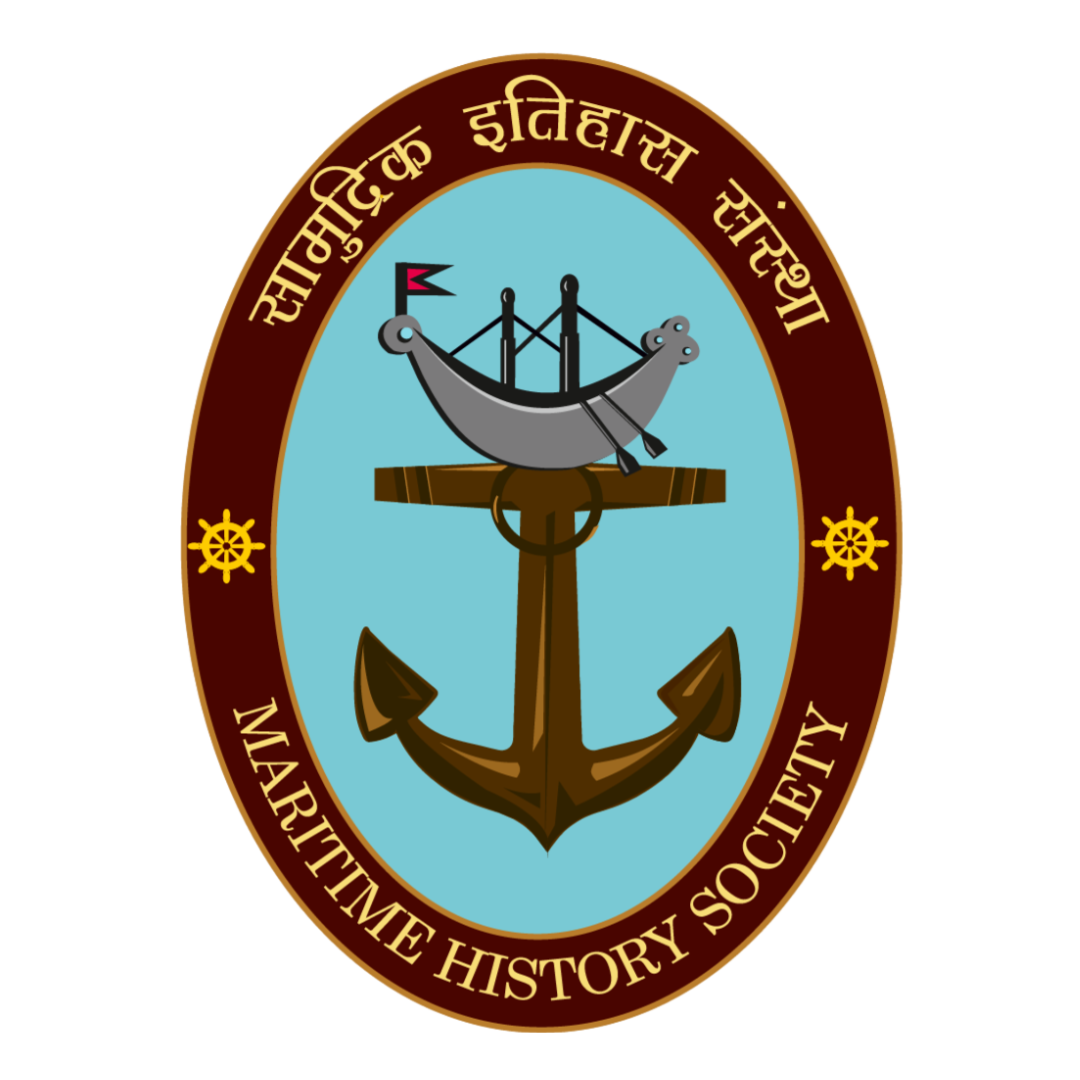Heritage is what has been passed on from one generation to another. It includes buildings, tradition, culture, practices etc. which possess values and are a treasure to us. India has had a rich maritime history since the prehistoric times. Although very little has been recorded during prehistoric times, the historic era gives an insight on the maritime richness that the subcontinent has inherited. Written and documented records are a vital proof of historicity which has led to an understanding of this vast knowledge and heritage without practically experiencing it. Through ages, written records, cartographic sketches, inscriptions and murals have helped discover a lot in the maritime field
Written records act as historical narratives to link various historical findings and chronologies of events that have taken place. Written records by the public, media or any other medium give an insight on the practices back then. They can be preserved and used for study and analysis as part of the future research. They provide information about actions and reactions and act as a proof for disputed decision. Across millenniums, many records have been found by historians and archaeologists. The Indus Valley Civilization was one of the first civilizations to have written records in the form of inscriptions which show the use of reed boats for sea borne travel. The ‘cuneiform’ being the earliest form of writing and recording was used by the people of Indus Valley Civilization to narrate their day to day activities. They wrote about everything including trade, occupations, the governing system etc. The seals found in the archaeological evidences talk about a reed boat and was used by the inhabitants. This was the early evidences of sea borne travel that has been recorded. Since then a number of written records have been found and articulated. The Vedic age saw the Vedas coming up as written evidences containing the terms ‘nav’ and ‘samudra’ clearly showing references of the sea and water. The inscriptions and records found from the Chola and Pallava dynasty is an important resource highlighting the knowledge of sea farers and use of sea as a medium by the rulers then. With the emergence of the Maratha rulers, hard-core formal written evidences have helped join dots of the past. The ‘Bakhar’ or the historical narrative in Marathi has been an important source of literature showing the various initiatives by the Maratha rulers and their maritime dominance in the Konkan coast. Shivaji formed one of the first Navy to protect his kingdom from the seaborne attacks. He was also the first to build sea forts for defense. Historic records have given the present generation an insight on how forts were constructed at sea back with limited machinery. When the Europeans arrived in India, written and official records were produced in detail. Detailed records of ship journeys, dairies of seafarers, letters to the officials, drawings prior to construction or even records of incidents are all of value to us now. Many departmental records of the British have been preserved by the various state archives even today. Letters, hand drawn maps, articles, newspaper cuttings etc. are amusing and full of information even today. My last visit to the Maharashtra State Archives told me a lot more than what was known in the public Heritage is what has been passed on from one generation to another. It includes buildings, tradition, culture, practices etc. which possess values and are a treasure to us. India has had a rich maritime history since the prehistoric times. Although very little has been recorded during prehistoric times, the historic era gives an insight on the maritime richness that the subcontinent has inherited. Written and documented records are a vital proof of historicity which has led to an understanding of this vast knowledge and heritage without practically experiencing it. Through ages, written records, cartographic sketches, inscriptions and murals have helped discover a lot in the maritime field.
Thus, writing as a habit is important. It may not always be formal, but is an important source of documentation and information. In research too, one should write what is in their mind. It helps clear thoughts and gives a direction. Plus you never know when this might be useful to someone generations later.domain.
Image Sources
Image 1. Harappan seal showing a reed boat (Source – https://www.harappa.com/blog/indus-boat-seal)
Image 2. Map retrieved from the Maharashtra State Archives showing the plan to construct coastal batteries and its use for coastal defense




0 Comments